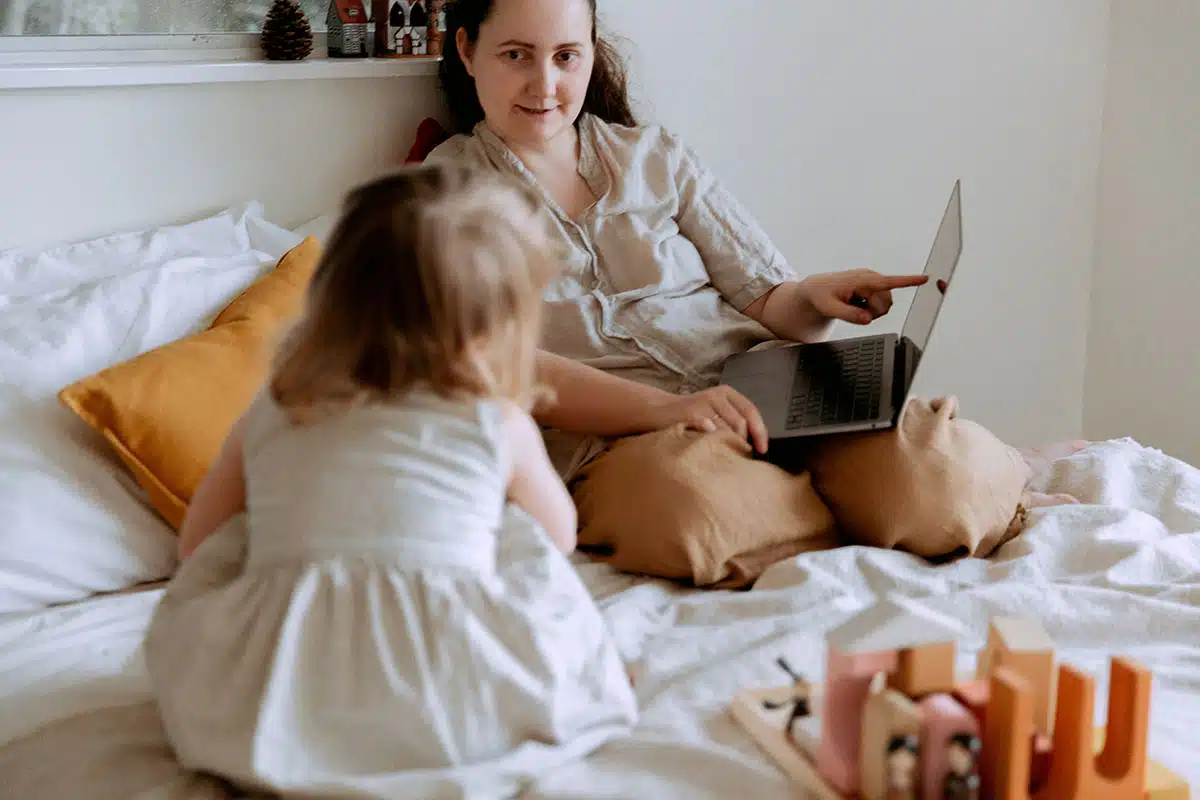Telehealth is Bridging the Gap
According to the Australian Bureau of Statistics, 2.9% of Australians over 16 are affected by bipolar disorder–that’s 568,000 people. But this statistic doesn’t account for the numerous individuals struggling with misdiagnoses or a lack of diagnosis whatsoever.
Getting an accurate bipolar diagnosis can take years, and on average, individuals are going nearly a decade without the proper diagnosis and treatment. Why? Many factors play a role: from medical and mental health comorbidities to disputes over diagnostic criteria and of course, stigma.
Correcting this pattern of delayed and missed diagnosis requires extra attention to detail in the early stages of patient care. Telehealth psychology and psychiatry treatment can foster the circumstances necessary to facilitate that extra attention.
Why the wait?
The delay in bipolar diagnosis comes from various angles. Barriers exist for both clinicians and npatients. The volatile nature of a mood disorder like bipolar can lead to feelings of isolation and alienation. Individuals struggling often keep their experience secret from the people around them and fear the stigma around seeking help.
Furthermore, someone struggling with bipolar disorder may not even realize the full scope of their symptoms. Individuals experiencing bipolar disorder are more likely to seek help for their depressive symptoms than for mania or hypomania. They may not perceive manic symptoms as a problem, and in turn, don’t report them during an intake interview.
Without extensive and expansive interviewing or history-taking, a patient in this context is likely to be misdiagnosed with unipolar depression. A misdiagnosis in this initial stage can lead to a spiral of improper treatment, delaying accurate diagnosis even further.
Even if a clinician is doing their best to carefully assess for bipolar disorder, potential inaccuracy of diagnostic criteria may play a role in misdiagnosis. Controversy over the accurate length of a hypomanic episode, for example, is debated among some clinicians. Anecdotal evidence indicates criteria in the DSM may be causing diagnoses to slip through the cracks.
Other comorbidities, both medical and psychological, can occlude the accuracy of a bipolar diagnosis. Medical comorbidities include thyroid disease and MS, while mental health comorbidities can include panic disorder, OCD, social phobias, eating disorders, ADHD, and personality disorders.
Substance abuse also frequently co-occurs with individuals experiencing bipolar symptoms. Substance abuse may be the individual’s attempt at coping with bipolar symptoms, or the substance use itself may contribute to heightened bipolar symptoms.
Telehealth and early intervention
With all of the above factors at play, it’s understandable that accurately diagnosing bipolar disorder can be tricky. Extra diligence must be taken during the history-taking phase of initial
assessment, and ongoing throughout the treatment process. In order to receive the in-depth and consistent care they need, patients’ treatment must be accessible. This is where telehealth comes in. Telehealth is a broad term that encompasses many different types of communication. Treatment might include video chats, audio calls, and/or text messaging.
The breadth of telehealth treatment allows for individuals to receive care from remote locations and at the convenience of their schedules. Time and monetary barriers are greatly reduced,
which can be especially important for individuals who cannot easily leave their homes due to a comorbid medical diagnosis or impaired functioning due to their bipolar symptoms (Moffatt & Eley, 2010). The privacy of telehealth may also encourage patients to seek treatment who otherwise wouldn’t due to mental health stigma.
This increase in access to mental health care greatly expands the likelihood that a patient will attend and stay engaged with their services. This sets the stage for more frequent appointments, continuity in assessments, and relationship-building necessary for accurate interviewing.
Telehealth changes the mental health care landscape by providing people with an easy way to connect with their care team. By streamlining access and communication, diagnoses can be made earlier and more accurately. In turn, telehealth cuts down on time spent in diagnostic limbo that plagues so many cases of bipolar disorder.
References:
Bipolar information. Bipolar Australia. (n.d.). Retrieved November 23, 2022, from
https://www.bipolaraustralia.org.au/bipolar-information
Moffatt, J. J., & Eley, D. S. (2010, August 25). The reported benefits of telehealth for Rural
Australians. CSIRO PUBLISHING. Retrieved November 23, 2022, from
https://www.publish.csiro.au/ah/ah09794












